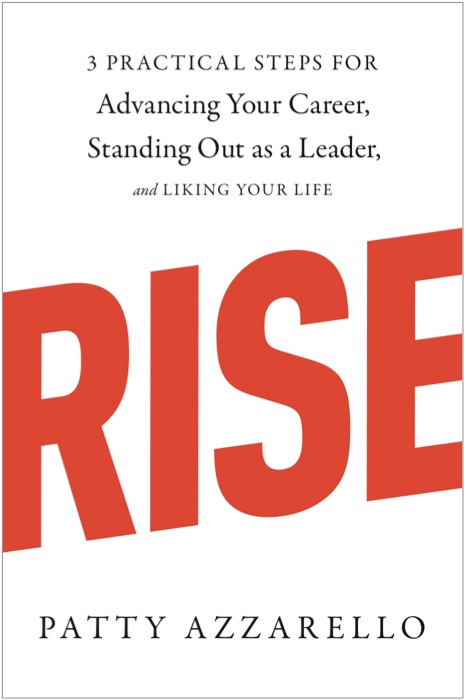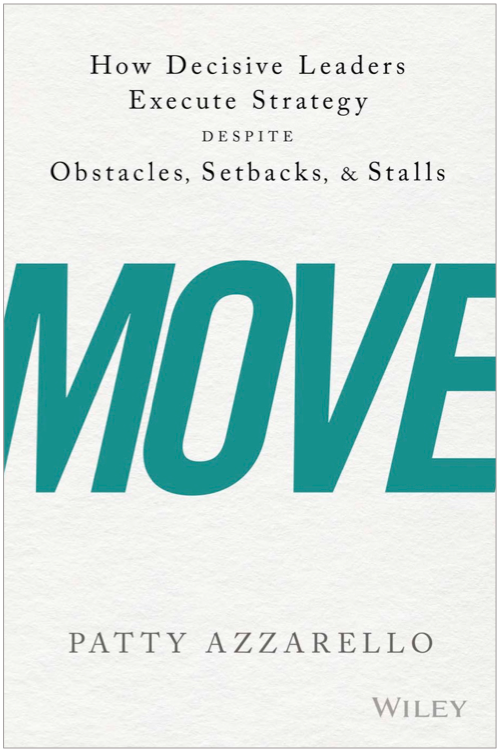Lessons from a high school musical
I learned a big lesson about business execution during rehearsals for my high school musical.
An unlikely take-away for sure, but I’ve always been interested in what makes groups of people able to get things done, and for me I got a big aha on the stage of my high school production of George M. Cohen. Give my regards to Broadway…
Anyway, at the first day of rehearsal, because my character was in Act I, Scene I, I was so excited to be up on the stage at the very beginning of the first rehearsal.
But much to my dismay, in the first moments of the first rehearsal, the director jumped to Act II scene 7, as the very first thing we rehearsed.
The big production number
Act II, scene 7 was the biggest production number. It involved the whole cast learning choreography, lyrics, harmonies and dancing.
In those first moments I thought it was very strange to start in the middle, but then I realized that my opening scene was simply a conversation between 2 people, that could be probably be rehearsed for the first time 10 minutes before the curtain went up on opening night… or never… because it wasn’t difficult or time consuming to get right.
But on the other hand, the big production number would require weeks of learning and practice for everyone.
Backward vs. Forward Planning
The director was doing what I’ll call backward vs. forward planning.
With a goal of delivering a final performance (and not being thoroughly embarrassed by it!) he looked specifically at the size and shape of all the work that needed to be done…and the first thing he did was to arrange the biggest chunks of work out over a timeline that would ensure we could get them all done. He was doing effective Backward Planning.
Backward Planning
Backward Planning is starting with the end in mind and then committing to some targets along the way.
Every business strategy has its equivalent of “the big production number” — the thing that will take a lot of people a lot of time to do in a choreographed way.
With backward planning, you could say for example:
If we want a $40M run rate revenue coming through a new OEM channel by the end of the year, what are the big chunks of work we need to do and when do we need to start them?
Even if you don’t know up front what all the things you need to do are, you can still put some stakes in the ground in terms of intermediate outcomes.
If we meet that goal one year from now, what needs to be true 9 months from now? What will we see that is in place at that time?
Then you can start to see what you need to change, fix, or invent to make that happen?
Putting the stakes in the ground that define mid-point outcomes is what helps you define the work that needs to be done.
Well… 9 months from now we need to have 8 partners selected and joint business plans in place that demonstrate they will each do an average of $5M next year.
…That means that 6 months from now, we need to have the general program in place, and have agreements in place with our 8 OEM vendors.
…That means that 3 months from now we need to have reached out to 15 vendors with a marketing plan.
…That means that right now we need to assign resources to do the marketing plan, and select or recruit our internal partners for these OEM’s, and create list of 25 targets.
Where business teams go astray
In many situations when I am sitting in a conference room with an executive team, they will be stuck on forward planning instead of backward planning.
If I say, “OK, if you want a $40M run rate of OEM revenue entering next year, what will need to be true 9 months from now?”
Their answer is, “We need to create a plan.” or “Jeff is working on a plan”.
I’ll say, “OK, but let’s put some stakes in the ground to guide the plan to make sure that we can actually execute it.”
“We can’t do that until we have a plan”.
But let’s think about what would be true 3 months before this was finished. What would we see? What would be in place?
“We can’t do that until we have a plan. Jeff is working on a plan”.
A major red flag that your team won’t execute, is if the only thing they will commit to is “working on a plan”.
Planning vs. Execution
While I admit that a plan is necessary, this idea of “We can’t put any stakes in the ground before we have a plan” is dangerous, and often fatal to effective, on-time execution.
What typically happens is that someone works on a plan for a few weeks. But then once the plan is presented, the rest of the team has lost the appetite for it.
And it’s often a forward plan that doesn’t account for the time it will take to do the biggest chunks of work.
The forward plan will say something like, First we need to identify partners who meet these requirements, then we need to develop partnerships, then we need to develop marketing and business plans, and so on…
Stakes in the ground create momentum and accountability
In this example, people will say, “But since we don’t have a plan, we don’t know how many parters or how much revenue each parter can do, or what we’ll need to do to secure them as partners — we need to do a plan first.”
The issue is that without putting stakes in the ground up front, and working backwards from the end goal, your forward plan won’t create enough momentum or accountability.
People will just start marching forward in a vague way — or they will hang around waiting for more information.
And you miss the opportunity to start the big chunks of work early.
In this OEM example for instance, even without a finished forward plan, with effective backwards planning, you could put in place milestones that drive action.
The marketing department could start working on a killer partner package well in advance of knowing exactly how many partners you will have. You could start re-working your IT systems to enable OEM deals. Your product development organization could start tuning the product to make it more configurable.
You don’t need to have a complete forward plan to be able to put stakes in the ground and to commit to some of the big chunks of work that you will need to start before you have all the answers.
Stakes in the ground do not have to be accurate
Putting the stakes in the ground for 8 partners lets you ensure that you will have more than zero partners on board by a specific time, and that you will do all the things in time that you need to do to get ready and support more than zero partners.
If you find out 6 months in that you really need 10 partners or 4 partners instead of 8 partners that’s fine — You’ve changed the lyrics, but you’ve already learned and rehearsed the dance steps.
Committing is way scarier than planning
It’s scary to put stakes in the ground because it becomes very obvious at that point that you are committing to do something specific.
And because you have put the stake in the ground with what feels like not enough study or planning, it might feel like you are committing to something you don’t know how to do. But that’s OK.
It’s the willingness to put concrete milestones in your backwards plan that initiates forward movement and enables the ability to execute.
Without concrete targets, you can study and study and craft a what seems like a perfect plan, but you run the risk of embarking on your forward plan only to realize that to execute on time, you would have needed to start the big elements of the program 6-9 months ago.
…You’ve run out of time to rehearse the big production number.
What do you think?
Join the conversation about this on the Azzarello Group Facebook page.
Who else would like to see this?
If you found this article useful, please help me share it with others and encourage them to subscribe to this Blog for free.
Patty Azzarello is an executive, best-selling author, speaker and CEO/Business Advisor. She became the youngest general manager at HP at the age of 33, ran a billion dollar software business at 35 and became a CEO for the first time at 38 (all without turning into a self-centered, miserable jerk)
You can find Patty at www.AzzarelloGroup.com, follow her on twitter or facebook




